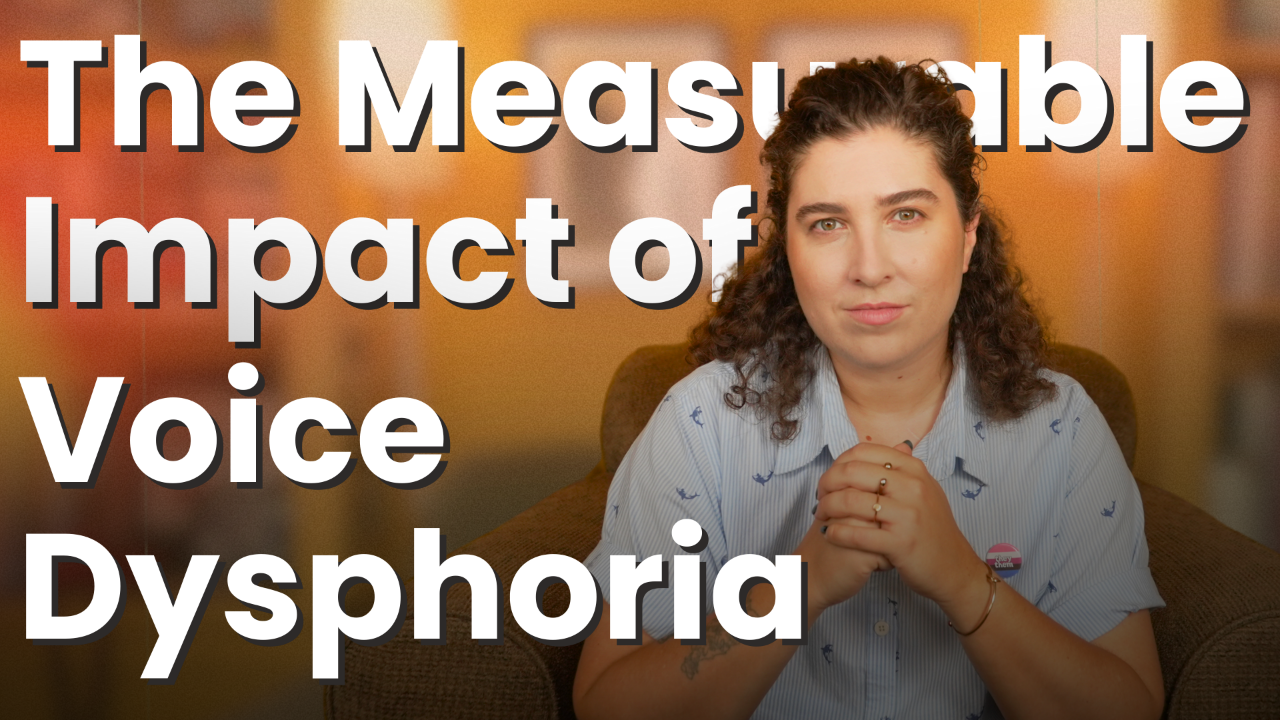Gender-Affirming Voice 101: Vocal Anatomy
Aug 21, 2024
Welcome back to Gender-Affirming Voice 101! We’re into Part 2 today, and it's all about getting familiar with your vocal anatomy—because knowing what’s under the hood is a helpful tool for mastering your voice. If you missed Part 1, no worries; you can check it out here. For now, let's get into the good stuff!
But first, hi there! I’m Renée, your gender-affirming voice teacher, and I’m thrilled to have you here. This post is the second instalment in my 8-part series on the essentials of gender-affirming voice work. If you’re finding this helpful, sign up for my newsletter so you don’t miss any of the upcoming parts in the series!
Now, let’s talk about vocal anatomy.
Vocal Folds: The Source of Your Sound
The real stars of the show here are your vocal folds—also known as vocal cords. These little mucous membranes (yum!) are tucked away inside your larynx, which is that structure in your neck, just about where you’d instinctively place your hand if you wanted to feel your voice. Go ahead, try it out! Gently place your hand on the front of your neck and make a sound. That buzzing? That’s your vocal folds in action!
The Larynx: A Tiny but Mighty Machine
Your larynx is perched on top of your trachea (that’s your windpipe). It’s suspended from the hyoid bone, nestled in a muscle cage that allows it to move up, down, and even side to side. This range of motion is crucial, as all those muscles inside and outside the larynx aren’t just for show—they’re busy little workers involved in everything from yawning to swallowing, coughing, and of course, speaking.
These muscles also control some of the most important aspects of your voice: its pitch, how breathy it sounds, and more.
The Vocal Tract: Shaping Your Sound
Above the larynx, we have the vocal tract, which consists of your throat, mouth, and nose. This is where the magic happens in terms of shaping and colouring your voice. By altering the size and shape of the vocal tract, you can change the colour or quality of the sound your vocal folds produce.
You do this every day without even thinking about it—like when you create different vowel sounds. Think about the difference between [ee], [eh], [ah], [oh], and [oo]. Each of these sounds involves a unique configuration of your vocal tract.
Gender-Affirming Voice Work: Harnessing What You Already Do
When we do gender-affirming voice work, we’re essentially tweaking and refining what you’re already doing—modifying the size and shape of the vocal tract, adjusting the height of the larynx, reconfiguring the vocal folds, and more.
I know that sounds like a lot, but don’t worry! You’re not starting from scratch here. Think of it like going to the gym—you’re just learning to use muscles that you already engage every day in a slightly different way.
And that’s a wrap for Part 2 of Gender-Affirming Voice 101! If you’ve got any questions or just want to share your thoughts, please drop them in the comments on YouTube, TikTok, or Instagram - I'm here to help.
Next up in Part 3, we’ll explore the fascinating world of Resonance! Make sure to follow along so you don’t miss out. I hope you found this post helpful and can’t wait to continue this journey with you.
Want weekly tips, resources, and insights on trans voice training? Sign up for my newsletter and get the latest content delivered straight to your inbox. It's free!









